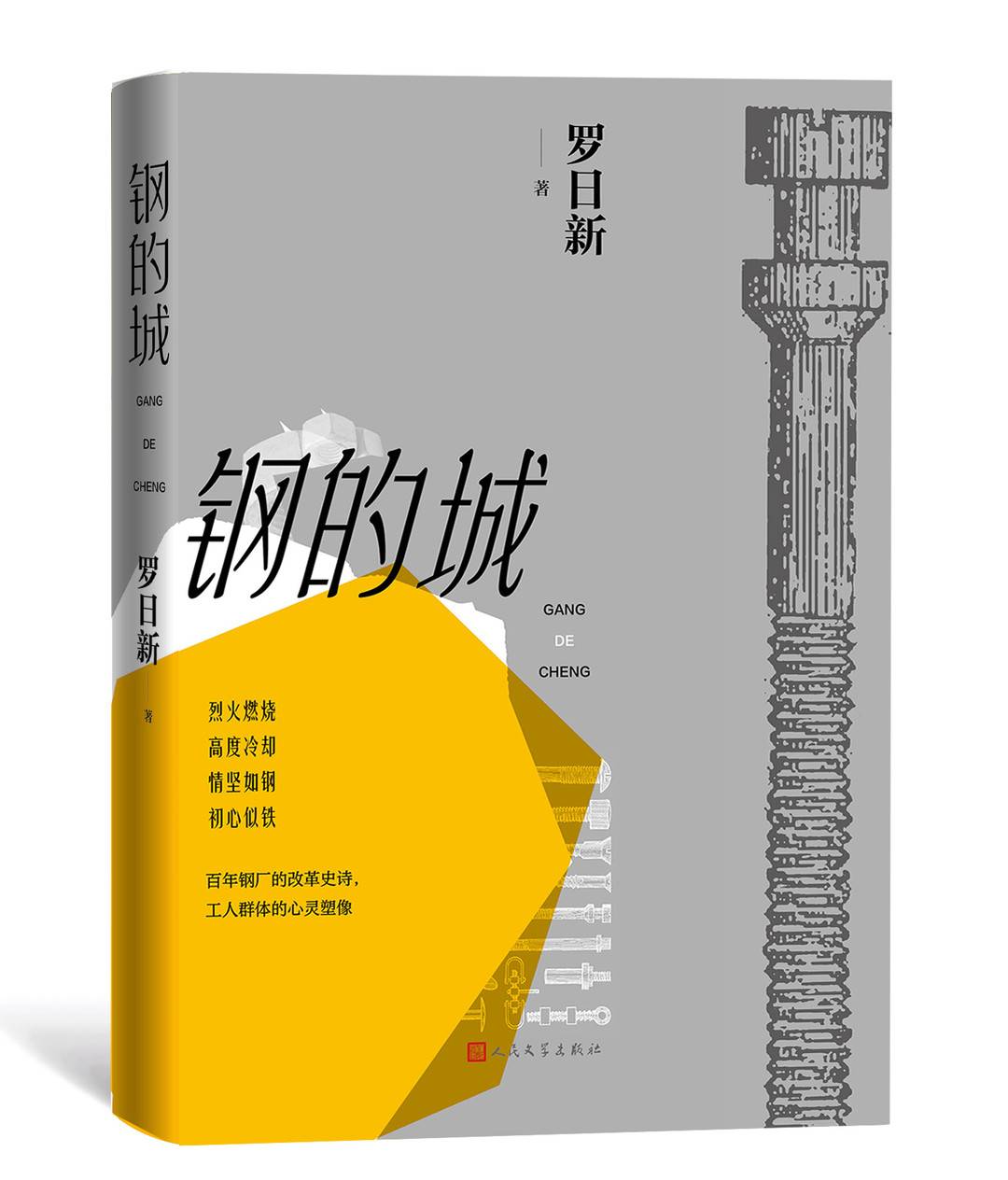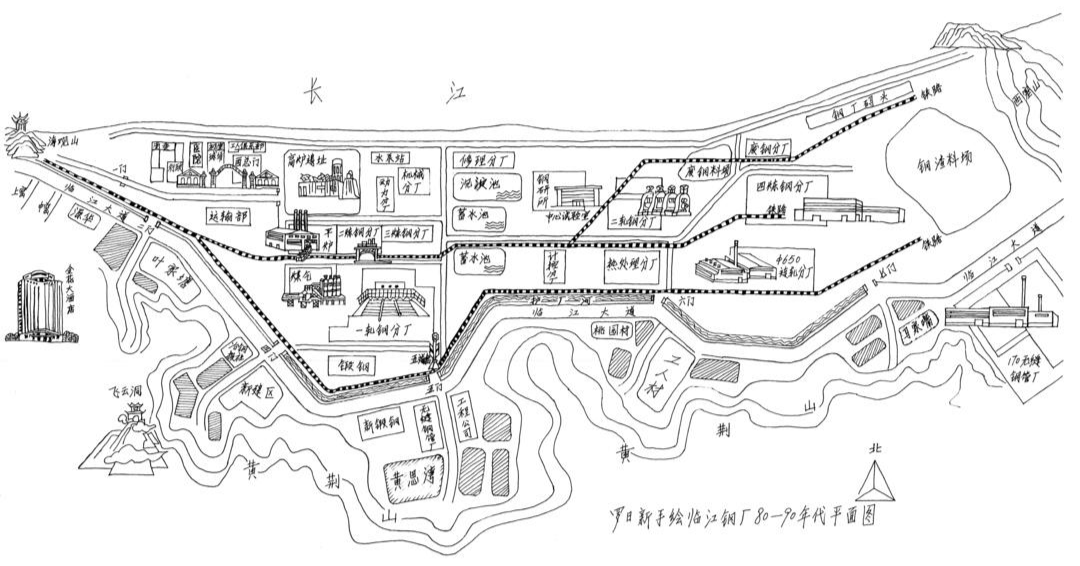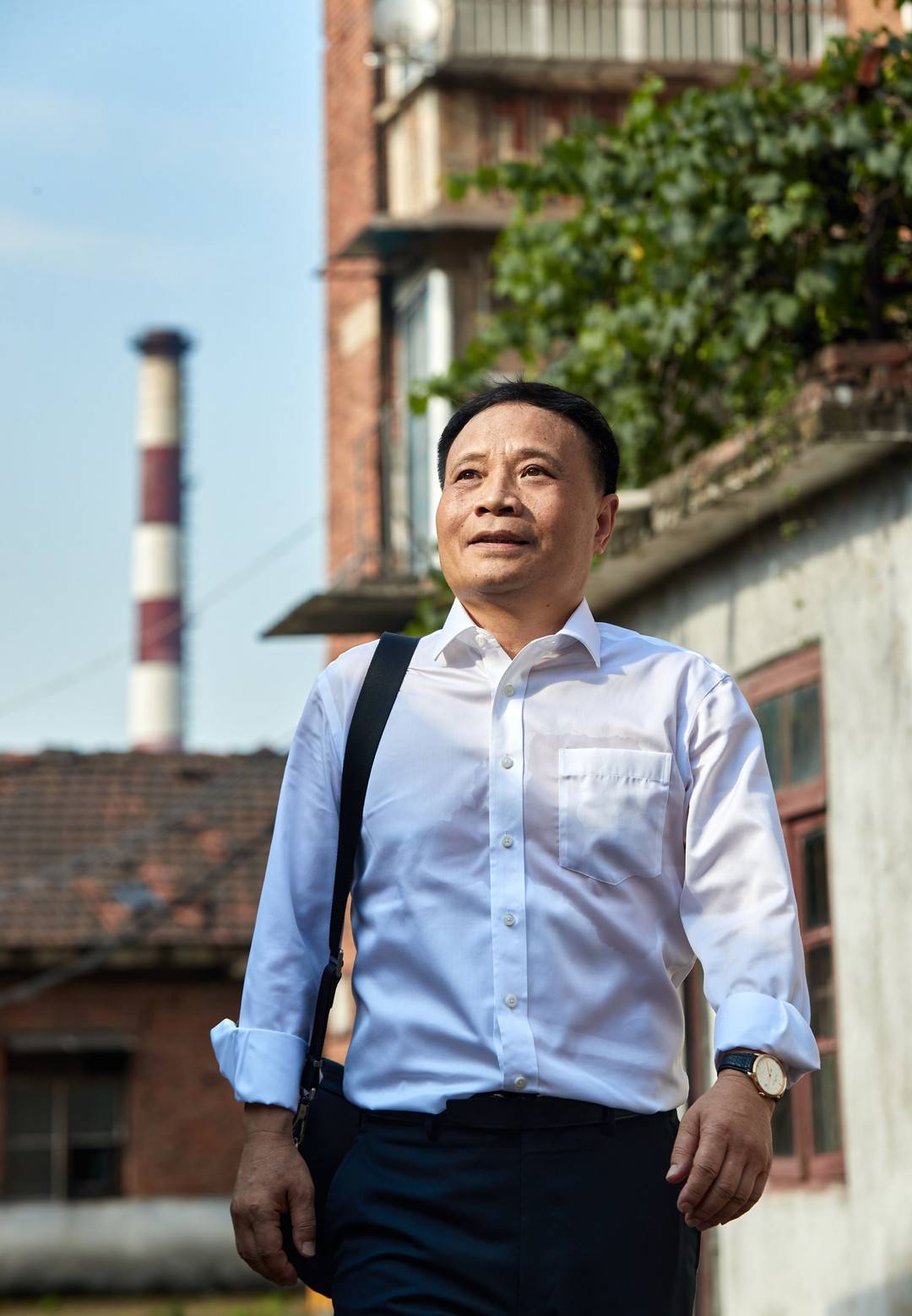"City of Steel": The precious harvest of industrial themes from the sincerity of life | New bookshelf
Author:Cover news Time:2022.09.12

Cover news reporter Zhang Jie
Industrial theme has always been an important territory of contemporary Chinese literature. Whether it is "The World" related to the Northeast, or the "Fire Red Year" that shows Panzhihua, it shows a unique aesthetic landscape.
"Steel City" is a novel of industrial theme recently published by People's Literature Publishing House. The author wrote from the wedding of an ordinary worker at the end of 1994. It was written in the story of the steel mills, reformers, and ordinary workers' three generations of workers in the reform and transformation of steel mills, asset acquisitions, mergers and acquisitions, and so on. The novel has a solid life, a wide range of vision, and full of idealists. It not only writes the resilience of the 100 -year -old steel plant, but also shaped the statue of the spiritual statue of the workers. In the book, the steel factory is based on the earliest steel enterprise "Daean Steel Factory" in Huangshi, Hubei, and has the mark of the development of the Chinese steel industry in the line. Among them, the reformers Yi Guoxing, Zhu Dachang, and Yu Gang, ordinary workers Wu Huizhi, live treasures, Lai Zi, Ye honesty and other images are quite typical. superior.

Author Luori New Hand -painted Steel Factory Picture
In addition to their personality characteristics like steel, the author also wrote their "winding finger softness" and wrote their love and affection. He Xiangyang, the director of the critics and the director of the China Writers Association, impressed this. She believes that the writer's writing of these sentiments has reconciled the tone of the work, and the work based on steel -based works adds a gentle atmosphere. Among them, the love of Wu Huizhi and Mao Renyin, Xue Sanmei and Zhu Dachang's heart, and even the tenderness of the iron man of Yi Guoxing, etc., are the rare "flexible" elements in the novel, which adds rose fireworks to the thick tone of the work. It has also further enhanced the readability of the work.
"Continue the valuable tradition established by Mao Dun's" Son ""
Several critics believe that this small book is the history of Chinese steel and a book paid tribute to Chinese steel people. It is a rare work that grows out of life, comes out of experience, and from the sincerity of literature. It is an important gain of realistic literature in recent years, and it is also a valuable gain of industrial theme.
The author Luo Rihin grew up in the Daeye Steel Factory of Huangshi, Hubei since he was a child. After graduating from college, he worked at the Dye Steel Factory. In the early 1990s, he was still engaged in the steel industry. He summarized most of his life: steelmaking, selling steel, and writing steel. He has been engaged in literary creation for many years, and has published a number of short stories and prose. He is now a member of the Chinese Writers Association and Honor Honorary Chairman of the Hubei Huangshi Writers Association. "The City of Steel" is the first novel of its first long story, and has published and held a seminar in the "October" magazine. The book has won awards such as the Quyuan Literature and Art Award of Hubei Province.
Yang Qingxiang, the winner and critic of the new Lu Xun Literature Award, believes that Luo Jixin's successful reorganization of Hubei Iron and Steel provides a very different experience in the industrial theme of the Northeast. This is a very successful experience in modern transformation. Compared to literature that is good at writing failure and tragedy, such writing is obviously more meaningful. "Steel City" continues the precious tradition established by Mao Dun's "Ziye", which has the nature of social sciences.
After writing for 14 years, "Every word in the book was pulled out from my heart"

Luo Ri Xin
Mao's award writer Zhou Daxin saw the lives of living steel people from "The City of Steel". What do they do for weddings, how do they quarrel, and how do workers pay. The book writes four male images: Yi Guoxing, Zhu Dachang, Yu Gang, Zhu Guoxiang. Especially the prodigal son Zhu Guoxiang is the "newcomer" contributed to literature by "Steel City".
In the book, there are reform decision makers such as Yi Guoxing and other reform decision -making makers, as well as the management backbones of Zhu Dachang and Fu Jiagang, and the backbone of Sun Jinxi, as well as ordinary workers such as live treasures, Lai Zi, Ye Shili. There are more than 60 sizes in the book, and together have compiled a variant of the reform and development of Steel City. The author Luo Ri Xin said that most of these characters have the original type, and they are their own small, workers, leaders, and partners. He appreciates class feelings and brothers in them. Entrepreneurial passion for the wind and rain and building work. He said: "Rather than writing" Steel City "by myself, it is better to say that my brothers and sisters wrote this book with me. No matter how much ink, they are the protagonists in my heart, the protagonist of the times, the protagonist of the times, the protagonist of the times, the protagonist of the times, the protagonist of the times, The city of steel is well -deserved. I wrote for 14 years, "Steel City", and the title of the book has been taken for more than a dozen. After the book was published, I took it like a strange and familiar and familiar. Everyone in the book was pulled out from my heart. "
At present, the book has been selected as the "Film and Television Migration Plan" of the China Writers Association, and the film and television drama of the same name is being filmed.
(Photo confession of People's Literature Publishing House)
- END -
Painting and calligraphy exhibition of retired soldiers was launched at Zhangzhou Art Museum
Hanmo Casting Army Soul Dan Qing Ge is prosperousPainting and calligraphy exhibition of retired soldiers is carried out at the Municipal Art MuseumNewspaper (Reporter Liao Yuting Correspondent Dai Wei
Nearly 13,000 new cultural relics on Sanxingdui newly discovered 6 "sacrifice pits"
Xinhua News Agency, Chengdu, June 13 (Reporter Xiao Lin, Tong Fang) On the 13th, the Sichuan Provincial Cultural Relics and Archeology Research Institute announced the latest archeological results of